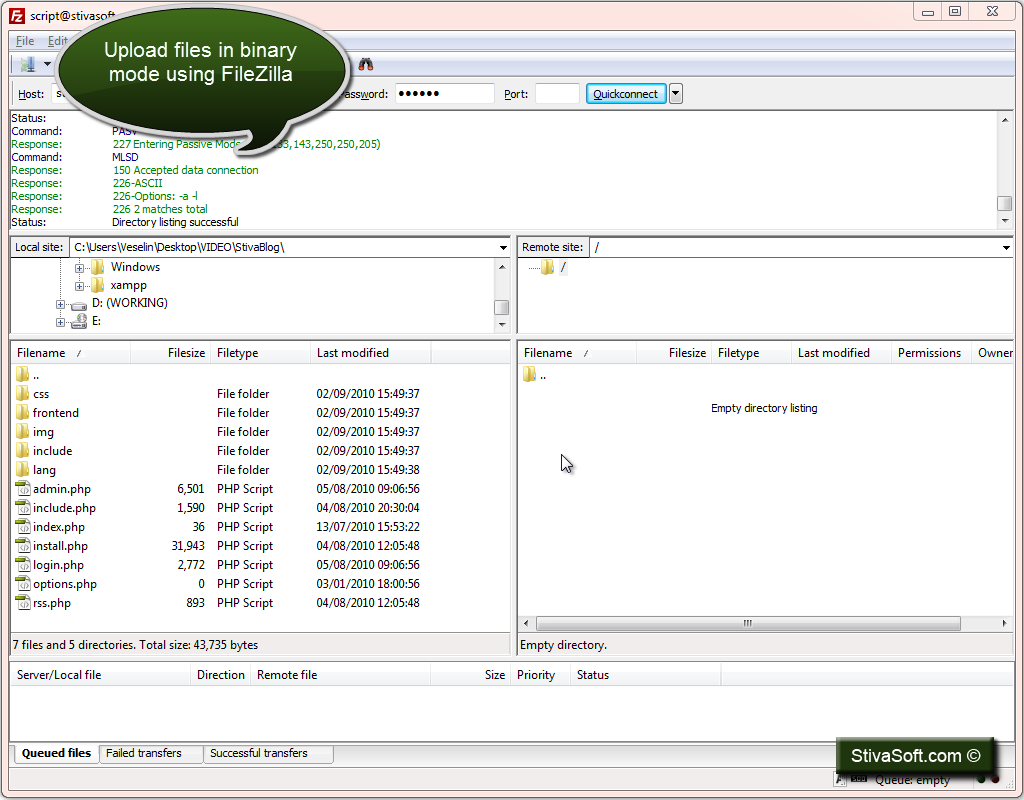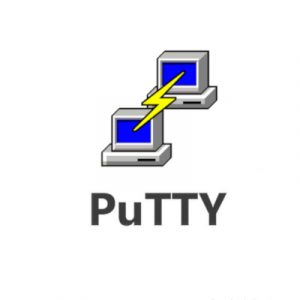
Note: To make sure you use the right information, it helps to know what type of hosting account you have.
Complete the following fields, and then click Quickconnect. Download, install, and launch FileZilla. You need to back up both your website files and your databases to create a full backup. 
WordPress, Drupal), make sure that you also make a backup of those databases ( cPanel / Plesk / Web & Classic). All rights reserved.Warning: If your website uses databases (e.g. Third-party marks and logos are registered trademarks of their respective owners. Note: As a courtesy, we provide information about how to use certain third-party products, but we do not endorse or directly support third-party products and we are not responsible for the functions or reliability of such products.
For hassle-free backups, learn about our paid Website Backup service.  If your website uses databases (such as MySql or MSSQL), make sure that you also make a backup of those databases to create a full backup. Here's how to find the root directory for a secondary or addon domain. Uploading and downloading your website or your entire hosting account can take awhile, depending on the size of your site and your internet connection. After the files have been moved, you'll have a backup of your website saved on your computer. Or, to download your files: In the Remote site section, select all of your website's files and directories and then drag them into the Local site section. Once the files have been moved, your site is live. To upload your files: In the Local site section, select all of your website's files and directories and drag them into the Remote site section. In the Local site section, open the location on your computer where you store your website files locally. The root directory might be different for a secondary or addon domain. For your primary domain name, that's the public_html folder. In the Remote site section, open your website's root directory. FileZilla connects to your hosting account. Launch FileZilla and complete these fields: Field. If you can't remember it here's how to reset that password. Your FTP username (same as your cPanel login name). The IP address for your website, or its domain name. Most FTP client apps will work, and these steps explain how to use FileZilla.īefore you start, you need this information: You can upload or backup your website by moving a copy of your files between your computer and your Linux Hosting account with File Transfer Protocol (FTP).
If your website uses databases (such as MySql or MSSQL), make sure that you also make a backup of those databases to create a full backup. Here's how to find the root directory for a secondary or addon domain. Uploading and downloading your website or your entire hosting account can take awhile, depending on the size of your site and your internet connection. After the files have been moved, you'll have a backup of your website saved on your computer. Or, to download your files: In the Remote site section, select all of your website's files and directories and then drag them into the Local site section. Once the files have been moved, your site is live. To upload your files: In the Local site section, select all of your website's files and directories and drag them into the Remote site section. In the Local site section, open the location on your computer where you store your website files locally. The root directory might be different for a secondary or addon domain. For your primary domain name, that's the public_html folder. In the Remote site section, open your website's root directory. FileZilla connects to your hosting account. Launch FileZilla and complete these fields: Field. If you can't remember it here's how to reset that password. Your FTP username (same as your cPanel login name). The IP address for your website, or its domain name. Most FTP client apps will work, and these steps explain how to use FileZilla.īefore you start, you need this information: You can upload or backup your website by moving a copy of your files between your computer and your Linux Hosting account with File Transfer Protocol (FTP). 
Move my cPanel website with FTP and FileZilla







 0 kommentar(er)
0 kommentar(er)
